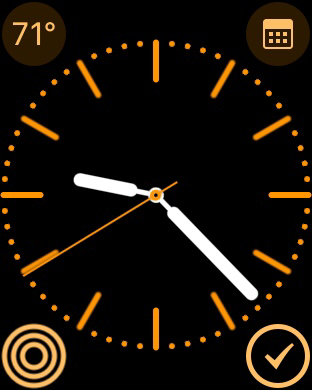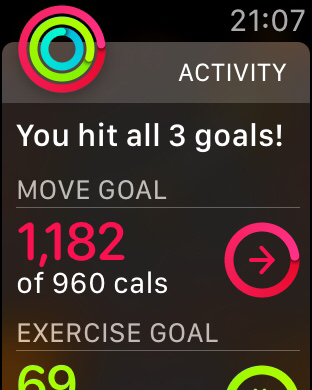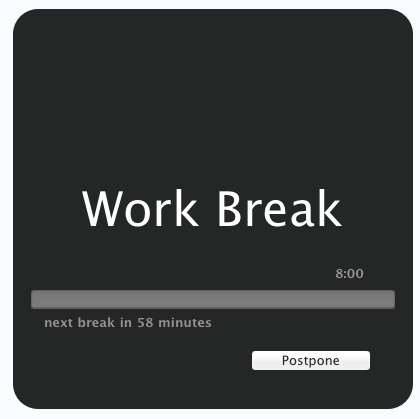It’s been a touch over six months since I crawled my way out of my first workout at CrossFit Nucleus. (Picture and one-word blog post here.) I thought I might put down some thoughts about my experience there and what it’s done for me, so if you are looking at doing the CrossFit thing in the future, it might be useful.
So here are some things about it I’ve noticed in my six months’ worth:
The first workout made me feel like a total chump.
The first day I tried was high-intensity cardio day. Bear crawls, ball slams, rows, jump rope, battle ropes—that sort of thing. All-out for short periods of time. What I got through felt like not a lot, but not all that bad. I remember having a hard time catching my breath and feeling really overheated.
This did not prepare me for the quad cramps I would have for the next week. I had a hard time standing and sitting, going up stairs, even getting out of bed. It was a couple of weeks of super-scaled back workouts before I was even close to doing the normal routine.
The good news is that I was not alone in that first workout surprise. I’ve seen a handful of people show up and just get wrecked by that first day or even first week.
Workouts will still make me feel like a total chump.
I still have days where I wake up and am really feeling it from the previous day’s workout. They are probably more common than they should be. Missing a few days at the gym is like asking for cramps.
When I check the board at the end of the day, I’m usually way at the back of the pack. I’m doing scaled workouts and I’m having the kind of trouble that you would expect a 290-pound man who hasn’t done this kind of physical activity ever before in his life to have.
The challenge has been learning that being the last-place finisher most days is perfectly fine.
Change is slow.
It’s a big barge of health trouble that I’m trying to course-correct with increasing my physical activity. It’s hard to turn that ship. There are days where it feels I haven’t moved the needle at all. Here’s my weight chart for the last six months:
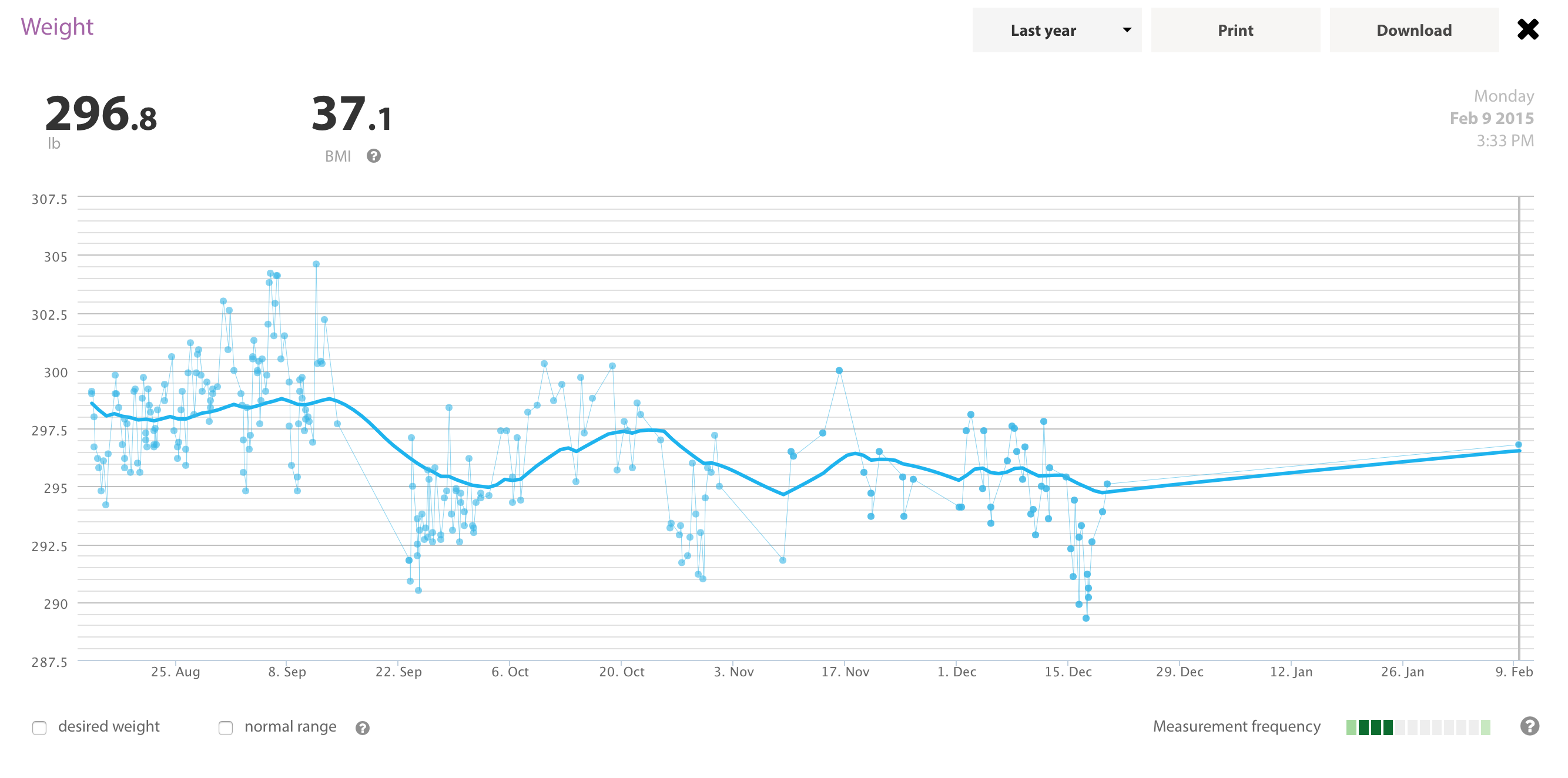
(Ignore the gap at the end there.)
You can see some plateauing in that chart. It’s been in a very narrow range of about seven to ten pounds. I’m not losing weight like crazy, probably due to a lack of diet changes.
But take into account my body fat percentage, taken with electrical testing:
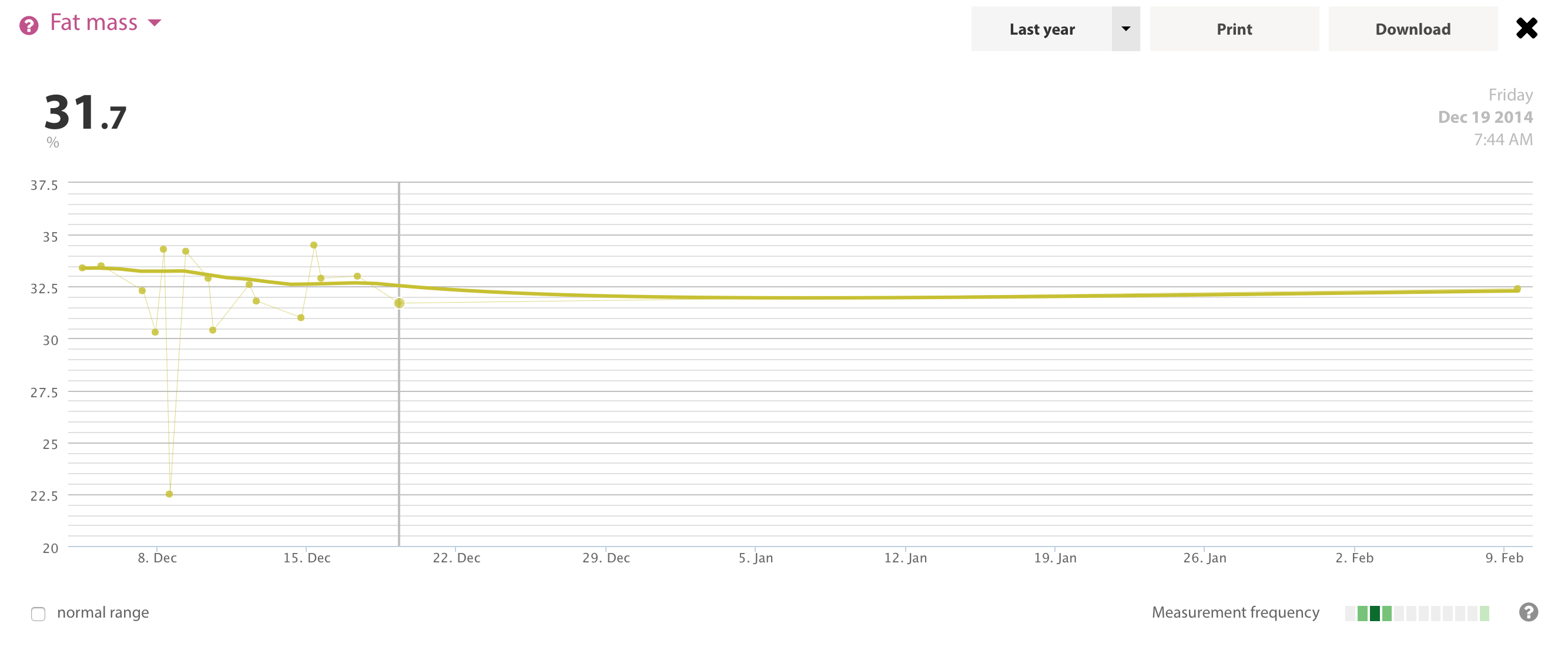
There is a very slow but perceptible change in that reading over the last six months.
If you go into an exercise regimen expecting immediate change, you are probably not going to see it. It’s more evolutionary than revolutionary.
Things other than my weight were the first to change.
In the last six months, if you were to ask me what the main thing was that’s improved in my physical fitness, I would have said stamina up until about a month ago.
Today, I’d tell you it’s my flexibility.
Six months in, the biggest change has been to my form when performing exercises. I can squat deeper, rack a barbell higher, and keep my back straighter than I could at any time before. Being 35 and having been significantly overweight for most of that time eroded my joint flexibility. Today I front squatted 165 pounds, and I got that squat down past 90º.
There is no way I could have done that before I started this thing. None. And I can tell that it’s only going to get better if I keep at it—as long as I’m maintaining form and doing things properly.
I’m still having problems with anything that’s a body weight exercise, and who wouldn’t at my age and my weight? I’ve had to temper my expectations a lot. But it sounds like I’m lucky to have coaches who are willing to help me with the process.
I found a gym and coaches who emphasize form over weight or speed.
Since starting this, a good number of friends have reached out to me out of concern that I was going to go too far and get hurt, or do some kind of crazy exercise that is an accident waiting to happen. Lots of people have seen YouTube clips of stupid people doing stupid things.
I have no doubt many of these things happen at CrossFit gyms. In fact, I have heard from people joining our gym that there is at least one other gym out there in my area that pushes people to move too much weight before they are ready to do so.
The only person who knows what your body is saying is you. If you feel like you can’t do it anymore, that you have to tap out of a workout because you can’t get air or you feel light-headed, you need to say something to the coach. And your coach should respect that you are finding your limits and not push you to the point of complete exhaustion or vomiting. When working with weights, your coach should be helping you find your proper form and know what you are doing wrong to correct it if needed.
If you try out a gym and you don’t find this is the case, I would urge you to try another one. There are good gyms out there. Mine seems to be one of them. Where I’m going, there’s no macho crap, no pushing people to lift more than they are ready for. I didn’t get to put weight on a bar until I proved that I knew the form for the exercises we were doing and that I could consistently repeat that form and do it right.
If I weren’t doing that, I could hurt myself (rather easily in some cases), and that helps no one. It certainly isn’t going to get my health better than it was before I walked in the door. In fact, I’m still being discouraged from using a barbell for overhead squats and thrusters because I don’t have the form or the stamina to do those things consistently and at a good rhythm.
I am learning my limits.
Every day I’m in there, I push myself as hard as I can. The goal is to be better than last time. A bit more weight than last time. A few more reps than last time.
I know there are going to be days where I’m not going to do any better than that previous day. There will be days when my sugar crashes in the middle of a workout and I just need to sit down and call it. There are going to be days where giving it my all the previous workout means I’m in the back, rowing my ass off for an hour instead of lifting weight. And those days are just fine, as long as I know I’m doing the best I can.
I know where my limits are and I make a conscious commitment to reaching them as often as I can.
I’m learning how to find that extra bit of effort.
Once in a while, when I hit up against my limit, I say to myself “I’m not done with this yet” and pull one more rep, five more pounds, five seconds faster than I thought I could do.
It doesn’t always happen—nor should it—but when it does I know how to find it.
It’s about improving myself.
Yeah, there’s a leaderboard at the gym. But in the end, the only person I can compare myself to is me. Am I bettering myself? Am I doing things now that I couldn’t do six months ago? Will I be able to do more in another six months?
That’s the challenge in front of me. To find the next level and to do it safely, carefully, and intentionally.
That’s why I’m doing what I’m doing.
Like this:
Like Loading...


